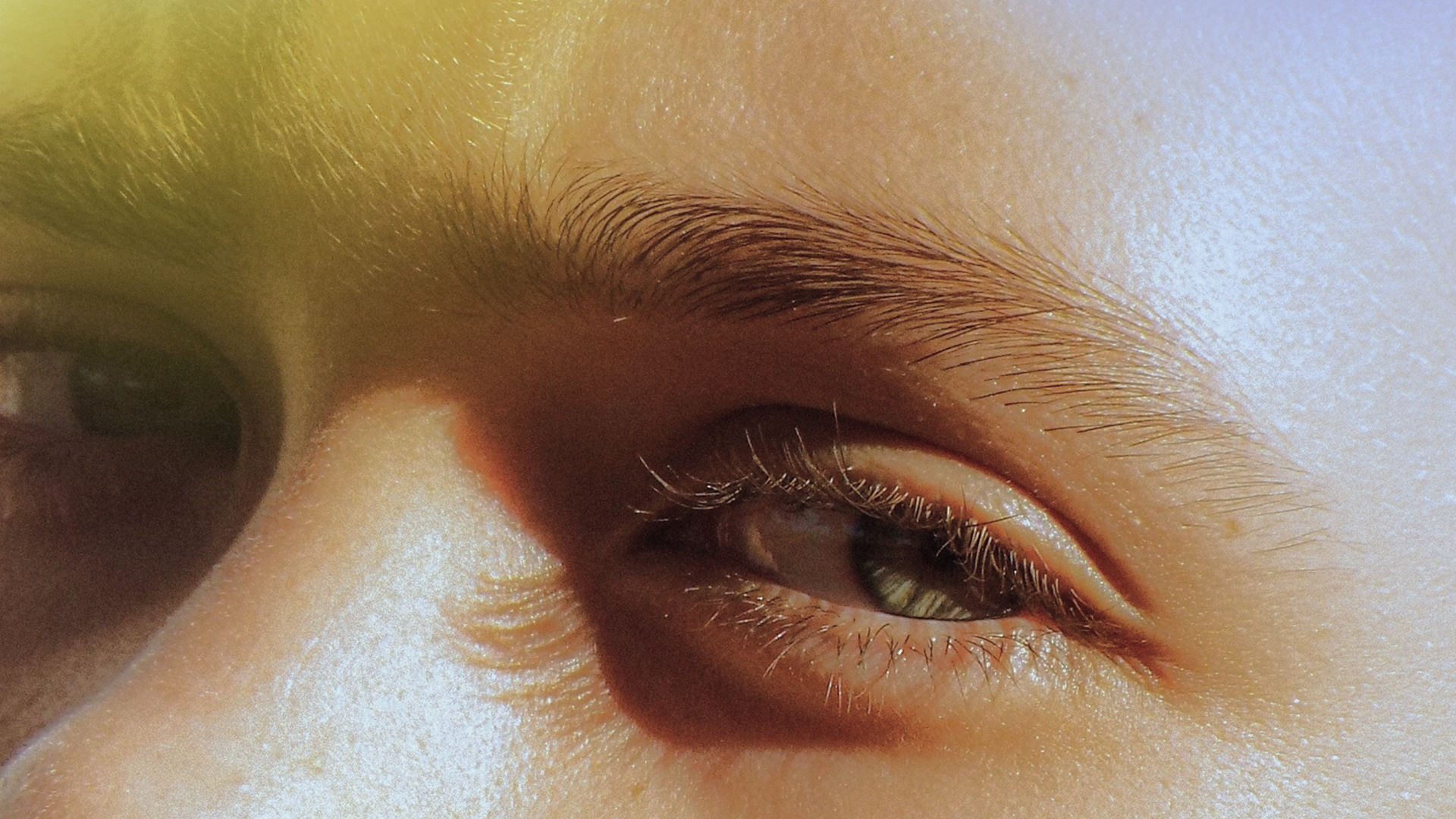Key Takeaways
-
Chronic stress and elevated cortisol accelerate facial aging by breaking down collagen and slowing repair.
-
Balanced cortisol rhythms support healthier skin, energy, and recovery.
-
Biohackers use cortisol data to fine-tune habits—linking stress resilience and visible vitality.
-
Daily tracking reveals how sleep, nutrition, and stress affect both appearance and longevity.
The hidden link between stress and skin
Facial aging is often framed as a superficial issue. But beneath every wrinkle and fine line lies the imprint of stress with cortisol at the core.
Cortisol helps mobilize energy and regulate inflammation, but when it stays elevated, it accelerates the same processes that age the skin. Increasingly, scientists and wellness experts view cortisol as a marker of how well we recover from stress and, by extension, how we age.
The science of cortisol and skin aging
Cortisol follows a daily rhythm—highest in the morning, lowest at night. In this natural cycle, it supports alertness by day and repair by night. Chronic stress disrupts this rhythm, keeping cortisol high when it should fall.
Persistently high cortisol triggers enzymes that break down collagen and elastin, weakening the skin’s support structure. It also reduces hyaluronic acid production, depleting moisture and volume. The result: the skin appears thinner, duller, and less elastic over time.
In short, cortisol regulates both the energy that drives our days and the integrity of the tissue that defines our appearance.
Chronic stress and the “cortisol face”
Short bursts of cortisol help the body adapt. The problem begins when stress never fully resolves over extended periods of time. Chronic cortisol elevation amplifies inflammation, increases oil production, and slows skin barrier repair—creating dryness, congestion, and redness.
These shifts accelerate fine lines and sagging while blunting the skin’s ability to recover. According to many dermatologists, persistent stress can make someone appear older than their years. The face, more than any other area, mirrors the cumulative strain of unbalanced cortisol.
Quantified stress: how biohackers track cortisol
To understand and optimize stress, biohackers treat cortisol as both a signal and a feedback loop. Traditional methods rely on saliva or blood samples to map cortisol levels across the day.
Newer tools now provide real-time insight. Wearables estimate stress indirectly through heart rate variability (HRV), skin temperature, or electrodermal activity, while emerging sweat-based sensors aim to measure cortisol directly.
This data allows individuals to recognize flattened or inverted cortisol rhythms and make informed adjustments. The goal isn’t to suppress stress, but to restore its natural rhythm—making sure it shows up properly for the right moments.
Biohacking cortisol for skin
Cold Exposure
Brief cold exposure triggers an acute stress response followed by a drop in cortisol and inflammation. Over time, it conditions the body to recover faster from future stressors, improving circulation and reducing puffiness in the face.
Red Light Therapy
Red and near-infrared light enhance mitochondrial function and collagen synthesis. Evening sessions may calm cortisol and aid sleep, while morning light reinforces alertness. The result is improved repair and smoother texture.
Fasting and Autophagy
Short, well-timed fasts promote cellular renewal through autophagy. Cortisol naturally rises during fasting to release energy, but when fasts are moderate and daytime-aligned, the rhythm remains intact. Over-fasting, however, can keep cortisol elevated and counteract benefits.
Adaptogens and Nutrients
Adaptogens, like ashwagandha and rhodiola, help buffer cortisol surges. Magnesium and vitamin D support overall adrenal balance. Lower systemic cortisol often corresponds with calmer, clearer skin.
Sleep Optimization
Consistent, high-quality sleep resets cortisol patterns nightly. Poor sleep raises cortisol the next day, dulling complexion and slowing collagen renewal. Biohackers emphasize circadian alignment: morning light exposure, minimal late-night stimulation, and regular bedtimes.
Across all interventions, the unifying theme is rhythm restoration—not stress avoidance, but efficient recovery.
Cortisol as a marker of biological aging
In longevity science, cortisol is viewed as a vital biomarker of adaptability. Flattened or chronically high cortisol curves correlate with faster biological aging, shorter telomeres, and reduced skin resilience.
Monitoring cortisol over time helps reveal how daily behaviors—light, exercise, sleep—affect long-term healthspan. A steady morning rise and evening decline signal a system in balance. Disruption, by contrast, shows that internal repair processes are compromised.
This makes cortisol tracking an essential lens for both performance and visible aging.
Data-driven optimization for appearance and longevity
The biohacking community uses cortisol data to guide incremental lifestyle changes. If evening cortisol remains high, they might adjust meal timing, reduce late training, or introduce relaxation practices. A healthy rhythm produces tangible results: better sleep, sharper focus, and clearer, more resilient skin.
Experts like Dr. Andrew Huberman frame cortisol as a timing hormone rather than a stress toxin. It’s meant to peak in the morning and fall at night—a pattern that sustains both energy and recovery. By aligning habits to this natural curve, biohackers aim to synchronize internal rhythm with external appearance.
Skin and the broader hormone connection
Cortisol doesn’t act in isolation. It interacts with progesterone, estrogen, and other hormones that collectively influence hydration, elasticity, and tone. When stress hormones dominate, this balance shifts, making the skin more reactive and less regenerative.
Understanding cortisol alongside other hormone patterns transforms skincare into system care—turning subjective symptoms into measurable insights.
Innovations like Hormometer™ now make it possible to visualize cortisol rhythms anytime, anywhere—helping people see how stress and recovery shape their daily well-being and long-term vitality.
Visualize your cortisol rhythm with Hormometer™
Hormometer™ lets users view their cortisol levels directly in saliva—bringing real-time hormone insights to the phone. By understanding how cortisol rises and falls throughout the day, you can identify when your body is under stress, when it’s recovering, and how those rhythms influence energy, mood, and appearance.
The future of aging is rhythmic
Aging gracefully isn’t about escaping stress—it’s about mastering recovery. Cortisol, when balanced, drives focus by day and repair by night. When disrupted, it accelerates the biological processes behind visible aging.
By tracking and understanding cortisol rhythms, we gain agency over how stress shapes our health, performance, and appearance. The result is more than smoother skin. It’s a physiology that stays adaptable with time.



